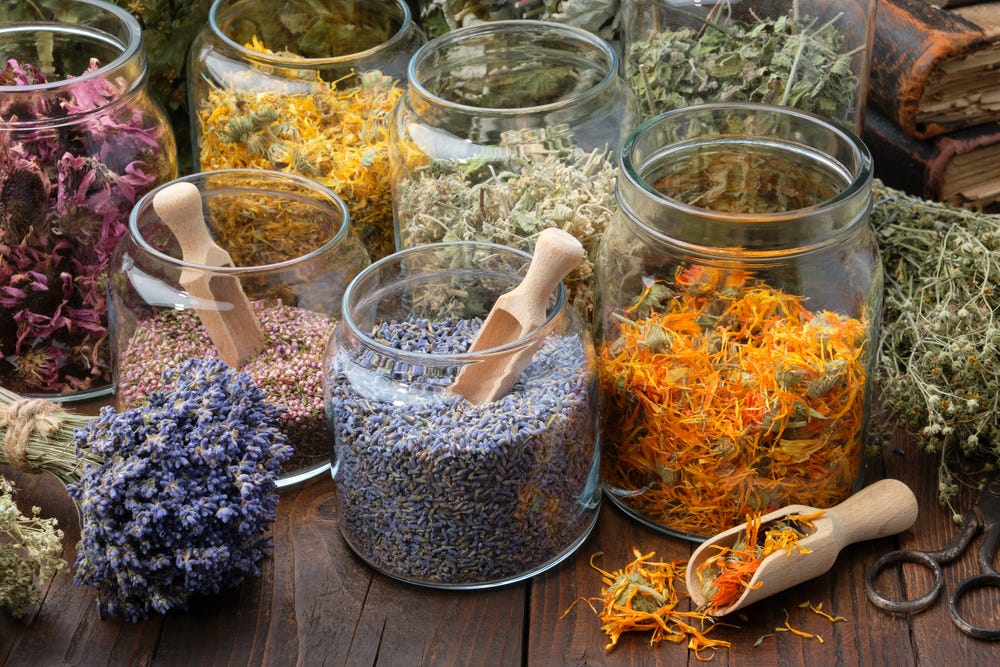Citrullinated Peptides in Rheumatoid Arthritis: RA Triggers, Treatments and Therapies
Citrullination is a process central to RA
Between 1.3 and 1.5 million Americans suffer from Rheumatoid arthritis (RA). This autoimmune condition can be debilitating on a regular basis to those who suffer flares and progression; it is can also lower a person's life expectancy by as many as ten to fifteen years.
In people with RA, citrullinated peptides are generated through a process called citrullination. Citrullination is a post-translational modification of proteins, where the amino acid arginine is converted into citrulline by an enzyme called peptidyl arginine deiminase (PAD). This modification can alter the structure and function of proteins, leading to changes in their antigenic properties.
Most rheumatoid arthritis patients have anti-cyclic citrullinated peptide (anti-CCP) antibodies. These are autoantibodies that are directed against peptides and proteins that are citrullinate and can be detected in a patient through a simple blood test (see Related, below).
Citrullination and the anti-citrullinated peptide antibodies (ACPA) initiate inflammatory responses in rheumatoid arthritis and other autoimmune disease. Citrullination in RA involves a combination of genetic and environmental factors. Here are some key points related to the causes of citrullination in RA:
Genetic Predisposition: Certain genetic factors increase the risk of developing RA and are associated with the production of autoantibodies against citrullinated peptides. The most significant genetic association with RA is the presence of specific HLA-DRB1 genes, particularly the HLA-DRB1*04 alleles (e.g., HLA-DRB1*04:01 and HLA-DRB1*04:04). These alleles are known as "shared epitope" alleles and have been strongly linked to the development of anti-citrullinated protein antibodies (ACPAs).
Environmental Triggers: Environmental factors, such as smoking and certain infections, are known to play a role in the development of RA. These triggers can stimulate the immune system and promote the citrullination of proteins. Smoking, in particular, has been associated with increased PAD activity and citrullination, leading to the generation of citrullinated peptides that may trigger an autoimmune response.
Dysregulated Immune Response: In individuals with a genetic predisposition to RA, exposure to environmental triggers can lead to an inappropriate immune response. Immune cells may recognize citrullinated peptides as foreign or abnormal, leading to the production of ACPAs and the activation of autoimmune processes. The resulting chronic inflammation and immune-mediated tissue damage are hallmarks of RA.
Role of PAD Enzymes: The peptidyl arginine deiminase (PAD) enzymes are critical for the citrullination process. There are several PAD isoforms, with PAD2 and PAD4 being the most relevant to RA. These enzymes are expressed in various tissues, including the synovial joints affected in RA. Elevated PAD activity in the synovial fluid has been observed in RA patients, contributing to the citrullination of proteins in the inflamed joints.
Overall, the generation of citrullinated peptides in RA is a multifactorial process involving genetic susceptibility, environmental triggers, and dysregulation of the immune response. The presence of ACPAs is a characteristic feature of RA and is used as a diagnostic marker for the disease. Understanding the causes and mechanisms of citrullination in RA is essential for developing targeted therapies and interventions to manage this chronic autoimmune condition.
Pharmaceutical Therapies and Treatments
Citrullination is a normal biological process involved in various physiological functions and inhibiting it broadly could have unintended consequences on normal cellular processes.
Nevertheless, in the context of rheumatoid arthritis (RA), where citrullinated peptides play a role in the disease pathogenesis, the focus is on managing the autoimmune response and inflammation rather than directly inhibiting citrullination. The main treatment approach for RA includes disease-modifying antirheumatic drugs (DMARDs) and biologic agents that target specific components of the immune system. Some of these treatments indirectly affect citrullination by reducing the autoimmune response and inflammation associated with RA.
Examples of these treatments include:
Elimination Diet: Certain foods are known to be associated with increased risk of flare ups in people with RA. These can include sugar, refined carbohydrates, inflammatory fats and oils, red and processed meats, dairy, gluten and mono-sodium glutamate (MSG) and others (like chocolate).
Methotrexate: Methotrexate is a commonly used DMARD for RA. It helps to reduce inflammation and slow down joint damage by inhibiting certain enzymes involved in the synthesis of nucleic acids. Methotrexate is often the first-line treatment for RA and can improve symptoms and disease progression.
Biologic DMARDs: Biologic DMARDs, such as TNF inhibitors (e.g., etanercept, adalimumab) and other targeted therapies (e.g., rituximab, tocilizumab), are designed to specifically target components of the immune system that are involved in the autoimmune response in RA. These drugs can help control inflammation and reduce joint damage.
Janus Kinase (JAK) Inhibitors: JAK inhibitors, such as tofacitinib and baricitinib, target specific signaling pathways involved in the immune response. They can help reduce inflammation and symptoms of RA.
Glucocorticoids: Steroids like prednisone may be prescribed in low doses to help manage acute inflammation and reduce the immune response in RA.
It is essential to note that these treatments aim to manage RA by suppressing the immune response and inflammation, rather than directly interfering with the citrullination process. Additionally, treatment plans should be personalized and developed in consultation with a healthcare professional based on the individual's specific condition and needs. Product inserts include for these treatments include adverse events and should be consulted by patients prior to providing informed consent for treatment.
As research progresses, new therapeutic strategies may emerge that target citrullination more directly or have a more specific impact on the pathogenesis of RA. However, at this time, the main focus of treatment remains on controlling the autoimmune response and inflammation associated with the disease.
Naturopathic Therapies
Any discussion of naturopathic therapies and their mechanisms of action should be considered speculative, as the evidence supporting these therapies may vary, and they may not have undergone the same rigorous clinical trials and regulatory approvals as conventional treatments.
Here is some information on naturopathic approaches that are sometimes used for conditions like rheumatoid arthritis (RA) and their potential mechanisms of action, which align with some of the mechanisms of conventional treatments mentioned earlier:
Herbal Remedies: Some naturopathic practitioners may recommend herbal remedies with anti-inflammatory properties for managing RA symptoms. For example:
- Turmeric (Curcuma longa): Curcumin, a compound found in turmeric, has shown anti-inflammatory properties that may help alleviate RA symptoms.
- Boswellia (Boswellia serrata): Boswellic acids found in Boswellia resin have been studied for their anti-inflammatory effects.
Omega-3 Fatty Acids: Omega-3 fatty acids, found in fish oil supplements, have been suggested to have anti-inflammatory effects and may help reduce joint pain and stiffness in RA.
Mind-Body Therapies: Techniques like meditation, yoga, and relaxation exercises are often recommended by naturopathic practitioners to help manage stress, which can exacerbate inflammation and worsen RA symptoms.
Dietary Interventions: Naturopathic approaches might include dietary modifications, such as promoting an anti-inflammatory diet rich in fruits, vegetables, and healthy fats, while avoiding foods that may trigger inflammation.
Probiotics: Some studies suggest that probiotics may have immune-modulating effects and could potentially influence the immune system's response in autoimmune conditions like RA.
If considering naturopathic therapies, it is crucial to consult with a qualified healthcare professional, such as a licensed naturopathic doctor, to ensure safe and appropriate use and to integrate these approaches with conventional treatments as needed.
Related Courses at IPAK-EDU
Related: RA and Anti-CCP: What is the Purpose of an Anti-CCP Test?







I just read where the dynamic interplay between arginine and lysine can make a huge positive difference in the citrullnation process to keep it from being excessive and to help mobilize proper immune response. Also, I knew a mother and her daughter who both had RA and after a month or two taking daily doses of mineral toddy (full spectrum trace minerals) all their symptoms disappeared. When they later went off the minerals, their RA symptoms came back!
Autoepitopes (22 of 27) in rheumatoid arthritis differ from vaccine antigens by a single amino acid residue, ideal for low affinity self reactive T cell mediated autoimmunity and aluminum adjuvant promotes citrullination of vaccine antigens thus the synthesis of ACPA
https://doi.org/10.5281/zenodo.3382978